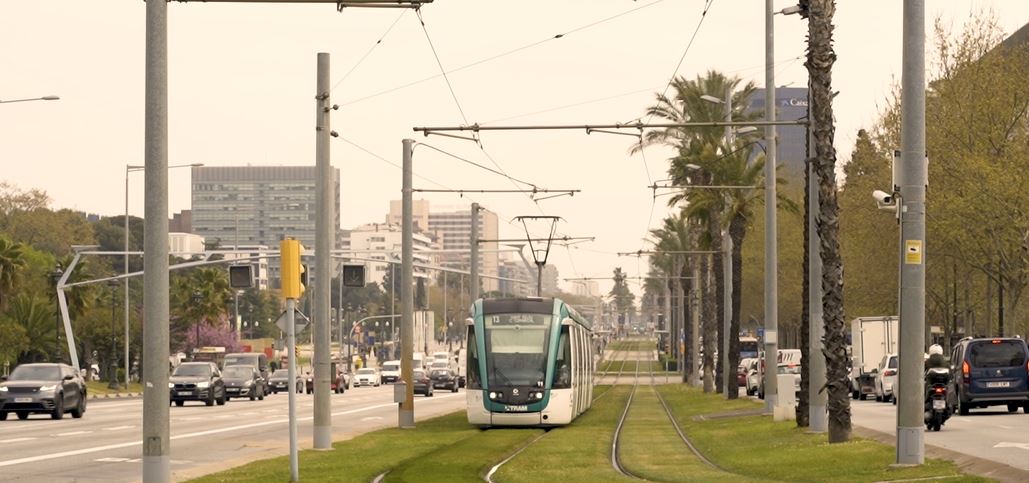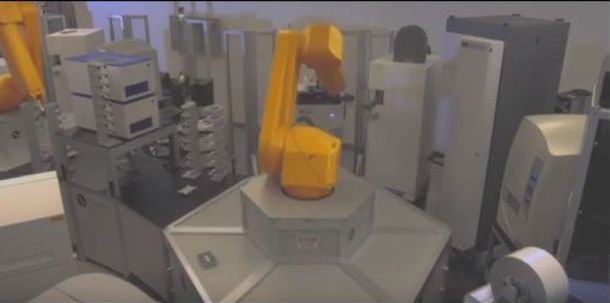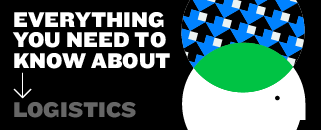
Falconer
Other denominations
Bird of prey trainer
Description
This professional is dedicated to training falcons to frighten birds away from the airport grounds. It is a very important task as birds can cause accidents if they collide with aircraft or damage communication systems or airport equipment. All airports are obliged to have a system for controlling birds. The open spaces of the airport are very attractive to numerous flocks of birds, both sedentary and migratory, because there are are large areas without predators and with food. This makes it necessary to establish dissuasive methods such as the use of falcons, loudspeakers or rockets to prevent flocks of birds from settling. It has been shown, however, that the use of predatory birds is more effective because the birds become used to other methods.
Tasks
- Establish an emotional link with the falcon.
In this first phase the trainer covers its head with a hood and keeps the bird without food to domesticate it.
Tie the bird's legs so that it can't escape and let it stand on a leather sleeve.
Be constantly with the bird so that it is used to a human presence.
Always call the bird by name so that its recognizes the voice. - Teach the falcon to frighten birds.
In the beginning allow the falcon to make short flights.
An assistant, situated about 100 meters away, removes the hood from the falcon. Call the falcon by name and show it a lure, usually a dead bird.
When the falcon arrives offer it raw meat as a reward.
Slowly teach the falcon which birds are its prey so that it frightens them away but without catching them. - Travel to different parts of the Airport so that the falcon can scare the birds away. Maintain contact with environmental experts that know birds and the environment.
- Communicate with pilots and controllers who can also provide information about where the falcon's services are required.
- In some cases, move to other airports as small airports do not have a permanent falconer service.
- Have a means to locate the falcon should it get lost. The falcon has a tracking device on its leg or tail making it possible to follow and locate it.
- Sometimes other birds of prey (eagles, vultures, etc.) are used.
- Co-ordinate any aspect related to wild life protection in areas around airports with wild life authorities to avoid possibly endangering the ecosystem.










 | Catalan | Beginner
| Catalan | Beginner | English | Advanced
| English | Advanced
 Open
Open




 | Catalan | Beginner
| Catalan | Beginner




